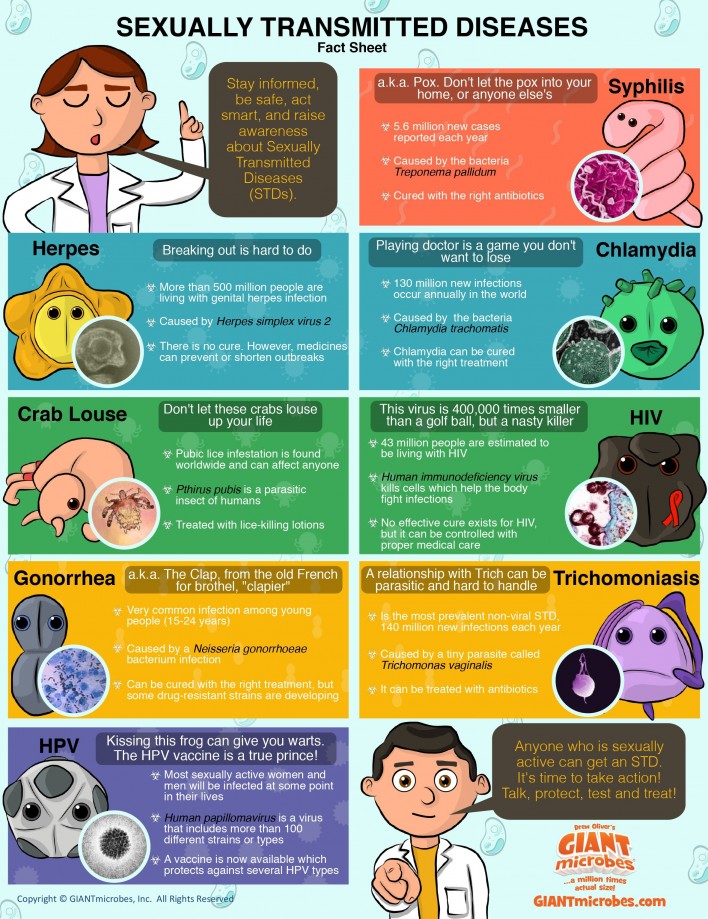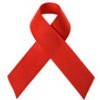First things first. Is it STD or STI? What’s the difference? None, really. According to the American Sexual Health Association, “disease” suggests a clear medical problem with obvious signs and symptoms. But STDs do not always bear such indicators, which is why some folks (POZ included) prefer the term “sexually transmitted infection,” or STI. What’s more, the viruses, or bacteria, responsible for these conditions can be described as causing an infection regardless of whether the infection leads to disease. Finally, “infection” is considered to be less stigmatizing than “disease,” which can make a difference with regard to testing and treatment.
STIs are transmitted via unprotected sex, including vaginal, anal and oral sex, or skin-to-skin contact with an infected area. HIV, syphilis, gonorrhea and chlamydia are the best-known ones; trichomoniasis is a bit less so. If left untreated, STIs can become severe and have long-term consequences, including infertility. Considering that the Centers for Disease Control and Prevention estimates that 20 million new infections occur every year, awareness is of paramount importance.
Getting tested and treated is key to stopping the spread of STIs, but discussing them—with your partner, students, children or even your care provider—can be extremely awkward and difficult. But what if you had an adorable fuzzy icebreaker to get the conversation started?
That’s where GIANTmicrobes by Drew Oliver come in. At 1,000,000 times–plus the size (and cuteness) of the bacteria they represent, these sweet-eyed critters are loose interpretations of the microscopic invaders that cause STIs. For example, as the chart below shows, syphilis really is a corkscrew-shaped bacterium, just not a plush pink one.

Courtesy of GIANTmicrobes by Drew Oliver.
Each GIANTmicrobe comes with an ID tag/fact sheet that names the STI and describes its symptoms and treatment as well as the potential long-term consequences of the infection. While these bright stuffed things aren’t necessarily the perfect gift for every occasion, keeping GIANTmicrobes around at a doctor’s office, clinic, drop-in center or sex ed class can facilitate honest discussions about potentially scary subjects. And when it comes to STIs, getting people talkin’ leads to testing and treatment. Be aware—this month and always—and get your microbes here!








3 Comments
3 Comments